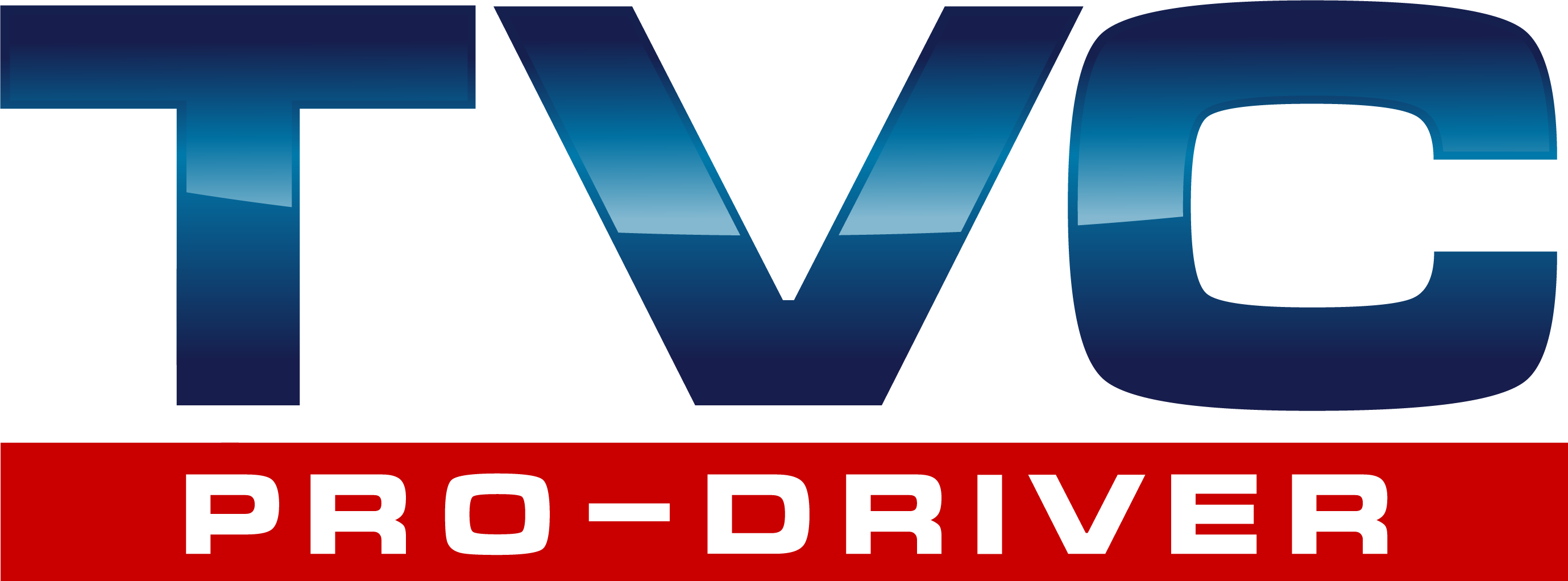
As a fleet owner, understanding the world of freight factoring is crucial for managing your business effectively. Freight factoring can provide a valuable solution to cash flow challenges, helping you maintain a steady income stream. To navigate through this financial process with confidence, it’s essential to familiarize yourself with the key terms commonly used in the freight factoring industry. This blog post will discuss the top ten freight factoring terms that every fleet owner should know.
1. Freight Factoring
Freight factoring is a financial service that allows fleet owners to sell their accounts receivables to a factoring company at a discounted rate. This helps fleet owners access immediate cash flow while the factoring company is responsible for collecting payment from the customers. Also known as invoice factoring, invoice discounting, freight bill factoring or receivables financing.
2. Accounts Receivables
Accounts receivables refer to the outstanding invoices or payments their customers owe to a transportation company.
3. Advance Rate
The advance rate is the percentage of the total invoice amount that the factoring company advances to the company upfront.
4. Factoring Fee
The factoring fee is the percentage or flat rate charged by the factoring company for their services. It is usually calculated based on the invoice amount and the time it takes to collect payment.
5. Recourse Factoring
Recourse factoring is a type of factoring where the fleet owner assumes the responsibility of repurchasing the invoice from the factoring company if it remains unpaid after a specified period.
6. Non-Recourse Factoring:
Non-recourse factoring is a type of factoring where the factoring company assumes the risk of non-payment by the customer. If the customer is unable to pay, the factoring company absorbs the loss.
Want an in-depth review of Recourse vs. Non-Recourse Factoring? See this helpful article.
7. Bill of Lading (BOL)
A receipt stating payment, shipment received and shipment contents.
8. Rate Sheet/Rate Confirmation
Agreement between carrier and shipper on the load’s end destination and cost.
9. Net Terms
An arrangement in which payment is due within a specific amount of time, typically between 30-60 days after delivery.
10. Proof of Delivery (POD)
Like a receipt, it shows you delivered your load to the customer.
Understanding these ten freight factoring terms is essential for fleet owners looking to optimize their cash flow and effectively manage their business finances. By familiarizing yourself with these terms, you’ll be better equipped to navigate the world of freight factoring and make informed decisions for the success of your transportation company.
Want to learn more? Watch our webinar, Leveraging Factoring in Today’s Economic Environment, with Adam Trundle, Group Manager, Factoring Sales at Love’s Travel Stops & Country Stores.
Whether you’re an owner-operator or a large fleet, Love’s Financial can provide customizable factoring solutions to help grow your business. Freight factoring is a smart solution to manage your cash flow, and cover expenses like fuel, insurance, maintenance and payroll without creating debt for your business. In addition to providing immediate payment on freight bills, Love’s provides unbeatable customer service while helping grow your business. Interested in learning more? Call 1-800-OK-LOVES or visit loves.com/fleetsolutions.













